
views
What does the moon symbolize in astrology?
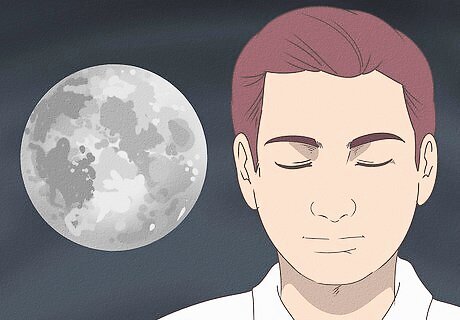
The moon represents our deepest feelings and instincts. In astrology, the moon is associated with the deepest part of ourselves that can’t be easily described with words. It represents our spiritual nature and subconscious mind—the unseen things within that dictate our actions. It governs the emotions and moods that rule the mind.

The moon is associated with feminine energy. In astrology, the sun represents male energy, while the moon is associated with feminine energy. Think of the sun and the moon as the yin and yang of the heavens. The moon also symbolizes motherhood and governs the realms of fertility, pregnancy, and childbirth. Women’s menstrual cycles are thought to be tied to the moon’s phases.
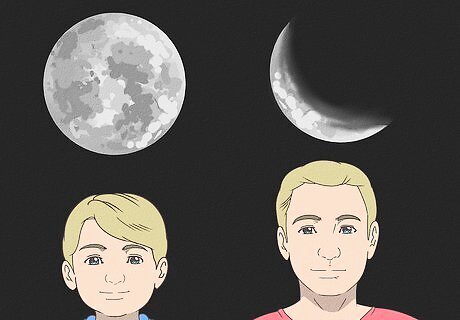
The moon symbolizes the cyclical nature of all things. Nature is marked by cycles, including human nature. As children, we’re full of energy and burn bright until we reach our peak (symbolized by the full moon). As we grow older, our energy slowly decreases over time (just like the light of the waning moon).
What is a moon sign in astrology?
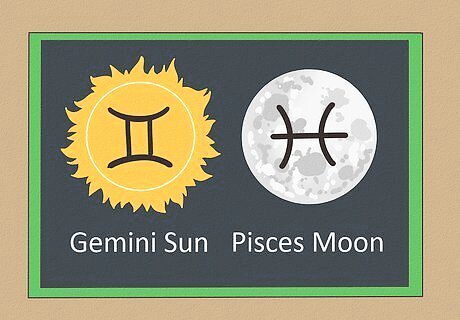
Your moon sign is dictated by the moon's position when you were born. You're probably familiar with your sun sign, which is the zodiac symbol associated with the month and day of your birth. Your sun sign influences your outward persona and main personality traits. Your moon sign governs your internal world—your emotions, feelings, and subconscious. Your sun sign is the sign you look at when you read your horoscope. Your moon sign is also associated with a zodiac symbol. For example, you might be a Gemini Sun, Pisces Moon.

Use your moon sign to better understand your emotions. Your moon sign provides insight into your inner world, including your conscious and subconscious emotions. Your moon sign is passive and reflects your emotions; your sun sign is active and influences how you react to your emotions. Your moon sign can shed light on your emotional personality and how you interact with others. For example, Leo moons are warm, friendly, and care a lot about how others perceive them. On the other hand, Scorpio moons are intensely private, stand-offish, and don't need validation from others. You can learn more about how you approach conflict when emotions are running high. For example, an Aries moon can be confrontational in the heat of the moment. A Libra moon avoids conflict at all costs and tends to repress negative emotions. Moon signs can help you better understand how you view and treat yourself. For example, Virgo moons struggle with perfectionism and extreme self-criticism.

Use a free online birth chart calculator to figure out your moon sign. You need 3 pieces of information to use a birth chart calculator: your full date of birth (month, day, and year), the exact time of your birth (it’s on your birth certificate or you can ask your mom), and the city you were born in (also on your birth certificate). You could also check a moon chart, which delves more deeply into how you perceive events and how they make you feel as opposed to what the events are.
Interpreting the 12 Moon Signs in Astrology

Moon in Aries: You’re opinionated, courageous, and passionate. You aren’t afraid to tell it like it is, which gets you into trouble sometimes, since others may perceive you as aggressive. You’re prone to emotional outbursts, but they pass quickly. Watch out for your impulsive side, which can lead you down unexpected and difficult paths.
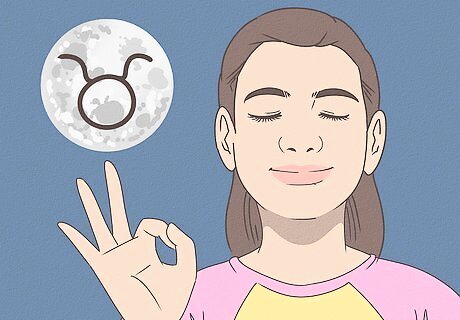
Moon in Taurus: You approach situations in a calm, rational way. Stability soothes you and you tend to be set in your ways. Staying inside your comfort zone isn’t necessarily a bad thing for a Taurus moon, but sometimes you can be resistant to change. If you feel yourself digging your heels in, pay attention to why. You may need to let go of something that’s no longer serving you.

Moon in Gemini: You’re curious, smart, and quick-witted. As a Gemini moon, you approach emotions with surgical precision and prefer to rationalize them rather than feel them. You're often restless and are constantly exploring new ideas and hobbies. Try to avoid overloading yourself, though; you'll end up feeling scatterbrained.
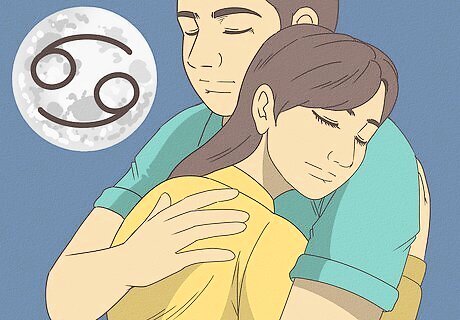
Moon in Cancer: You’re very in touch with your emotions and understand yourself deeply. You're also highly empathetic, so you’re constantly processing other people’s emotions as well as your own. You aren’t comfortable sharing your emotions with other people, though, which can cause problems for you.
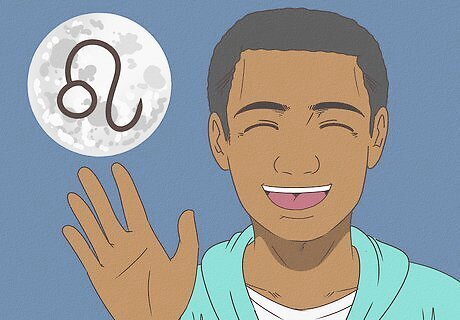
Moon in Leo: You’re warm, friendly, and passionate. You have a strong need for validation and put a lot of emphasis on the way others perceive you. You prefer to stand out from the crowd and hold yourself to extremely high standards. This isn’t always a bad thing, but you tend to be very hard on yourself.
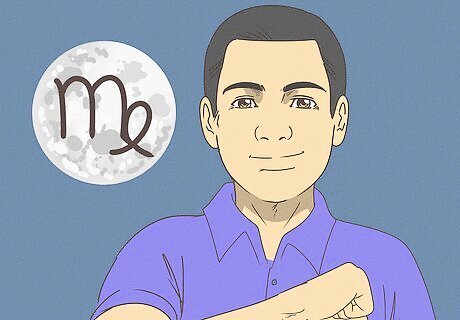
Moon in Virgo: You’re independent, analytical, and dedicated. You tend to overthink things and struggle with a lot of self-criticism. When you’re being hard on yourself, it can help to remember that imperfections make you unique. No one is perfect—and that’s a good thing.

Moon in Libra: You strive for balance, peace, and harmony in life. You want to feel connected to the people around you and your relationships are extremely important to you. As a Libra moon, you sometimes avoid conflict that needs to be hashed out, though, so watch out for that. Conflict isn’t always negative.
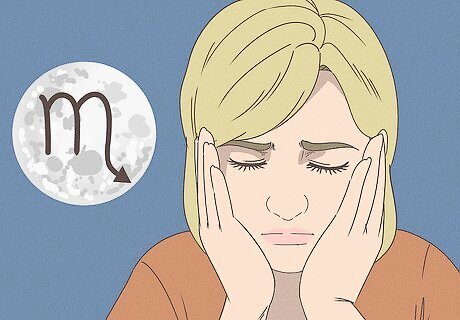
Moon in Scorpio: You’re intensely private and intuitive. You feel emotions deeply but tend to be standoffish when it comes to sharing them. Others sometimes perceive you as secretive and you can be hard to get to know. Try to remind yourself that being a lone wolf isn’t always a strength.

Moon in Sagittarius: You’re positive, independent, and spontaneous. With a Sagittarius moon sign, you don’t wallow in emotions and can easily detach yourself from them, especially if there’s a new adventure waiting on the horizon. You’re prone to impulsivity and escapism when the chips are down, so be sure to check in with yourself regularly.
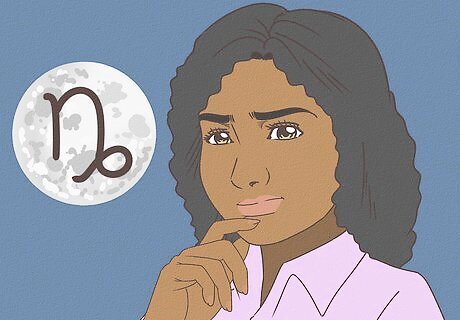
Moon in Capricorn: You’re highly rational and self-reliant. When you're a Capricorn moon, facing your emotions can be a struggle; you don’t like feeling out of control. You tend to avoid showing others your emotional side, which can lead to loneliness. You thrive on giving strength and support to your loved ones. Try to let go and let them support you sometimes.
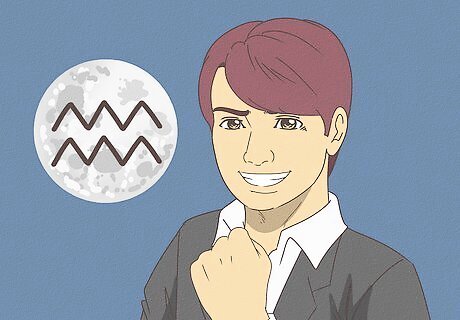
Moon in Aquarius: You’re a rebellious dreamer with big goals. You don’t dwell on your personal feelings, but you’re very invested in the feelings of others. You’re a helper by nature and prefer fighting for a cause larger than yourself. You’re quirky and thrive on “being different,” but try to remember you aren't a total outsider. There are people in your life who get you.
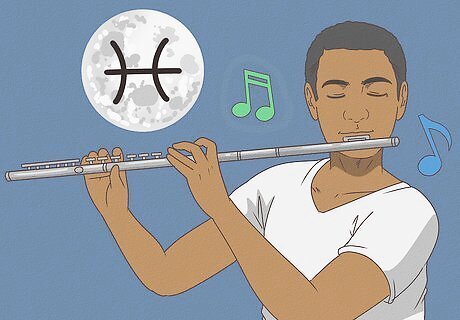
Moon in Pisces: You’re empathetic, intuitive, and an old soul at heart if you're a Pisces moon. You’re very sensitive and prefer to express yourself through art or music. You often find yourself escaping from harsh reality into the safety of your inner world. You’re a dreamer through and through—just don't forget to come back down to earth occasionally.
Understanding the 8 Moon Phases in Astrology
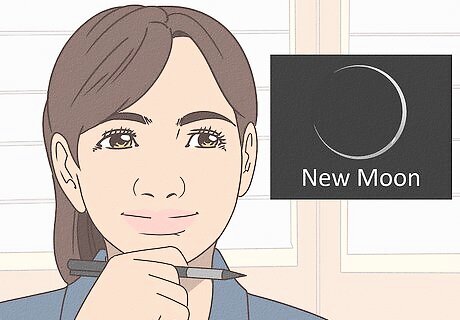
New Moon: The New Moon represents new beginnings and fresh starts. During this phase, visualize what you what to achieve in the coming month and set your intentions. The New Moon is the first lunar phase, when the Moon is positioned directly between the Earth and Sun. During the New Moon, the moon’s shadow side faces the earth (making the moon invisible). The New Moon is also called the Dark Moon.

Waxing Crescent Moon: This phase is the best time to work toward the intentions you set during the New Moon. It's a positive, hopeful time when you embark on your goals and embrace your dreams. Meditating on your desires can be helpful during this phase. The Waxing Crescent occurs right after the New Moon. “Waxing” means the Moon’s illumination is growing as it progresses toward the Full Moon. A “crescent” is when less than half of the Moon is illuminated.

First Quarter Moon: This phase is the best time for decision making and taking action to manifest your New Moon intentions. Use this time to deal with potential problems and make any adjustments you need to keep your intentions on track. During this phase, exactly half of the Moon is illuminated and the other half is in shadow. If you live in the Northern Hemisphere, the right half of the moon will be illuminated and the left half will be dark. If you live in the Southern Hemisphere, it’s the opposite—the right half is dark and the left half is illuminated.
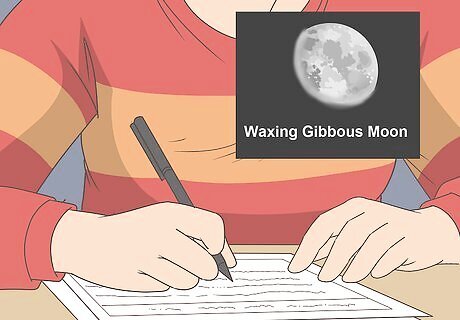
Waxing Gibbous Moon: This phase is the best time for refining your ideas and assessing current situations. Address and discuss your feelings during this phase. It can help to recite positive daily affirmations as the cycle nears the Full Moon. This phase occurs 2 weeks after the New Moon. During this phase, the moon continues to grow more illuminated as it nears the Full Moon. The word “gibbous” means over half of the Moon is illuminated.
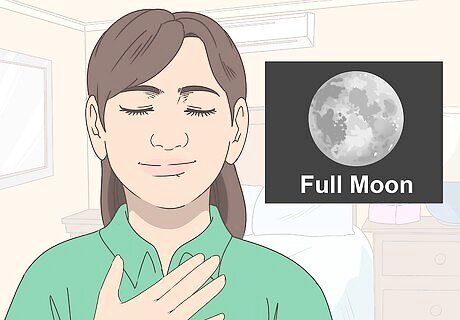
Full Moon: The Full Moon represents clarity and intuition. This phase is the perfect time to let go or release things (habits, situations, etc.) that aren’t serving you so you can heal. Personal relationships can be more intense during this time. You can perform rituals and charge crystals under the light of the Full Moon. During this phase, the earth is positioned directly between the sun and the moon. That means the Sun is illuminating the entire moon and the whole sphere lights up the night sky. The Full Moon is the mid-point of the lunar cycle.

Waning Gibbous: This phase is the best time to revisit your intentions and take stock of how far you’re come since the New Moon. It’s important to express gratitude during this time. Writing a daily gratitude list and using a gratitude journal are good options. This phase occurs right after the Full Moon, when the moon begins to grow dimmer. “Waning” means the moon’s illumination is decreasing. Because the moon is a gibbous, more than half of the moon is still illuminated at this point.
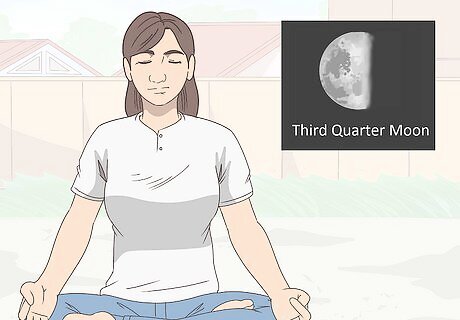
Third Quarter Moon: This is the time to get rid of anything in your life that no longer serves you (whether that’s an overwhelming project, toxic relationship, or extraneous belongings). Use meditation to cleanse and clear your mind during this phase. This phase is sometimes called the Last Quarter moon. During this time, exactly half of the moon is illuminated. It’s the opposite half from the First Quarter Moon, so in the Northern Hemisphere, the left half of the moon is lit up and the right half is dark.
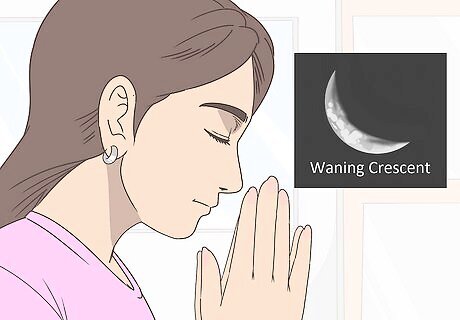
Waning Crescent: This is the last phase before the new cycle begins. During this time, focus on rest and reflection. Think about the lessons you’ve learned since the New Moon. Try to find peace before you embark on your next lunar journey. Less than half the moon is illuminated at this point. The light continues to decrease as the moon’s cycle nears completion (starting over once again at the New Moon).




















Comments
0 comment